 Happy Valentine’s Day! In honor of both the day and Black History Month, here is an updated repost about Frederick Douglass. But what does Valentine’s Day have to do with Frederick Douglass? As a slave, Douglass never knew the date of his birth, so he chose to celebrate it every year on February 14th.
Happy Valentine’s Day! In honor of both the day and Black History Month, here is an updated repost about Frederick Douglass. But what does Valentine’s Day have to do with Frederick Douglass? As a slave, Douglass never knew the date of his birth, so he chose to celebrate it every year on February 14th.
Frederick Douglass was born around 1818. From an early age, he developed a close attachment to ships and the sea. His path to freedom led directly through the docks and shipyards of Baltimore, Maryland.

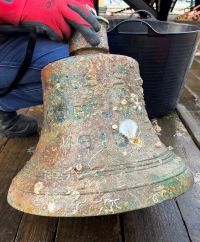 In August 2022,
In August 2022, 
 In honor of Black History Month, an updated repost about the first African-American pilot in the US Navy,
In honor of Black History Month, an updated repost about the first African-American pilot in the US Navy, 
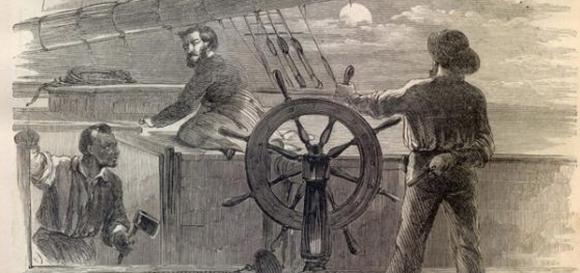 An updated repost in honor of Black History Month.
An updated repost in honor of Black History Month.  The good news is that a pod of orcas trapped by drift ice in waters off Japan’s northern island of Hokkaido appears to have successfully escaped.
The good news is that a pod of orcas trapped by drift ice in waters off Japan’s northern island of Hokkaido appears to have successfully escaped.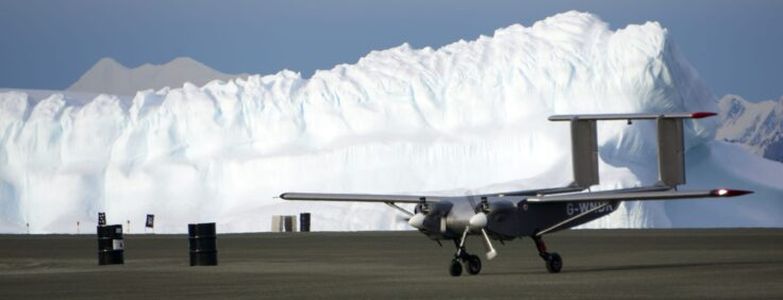
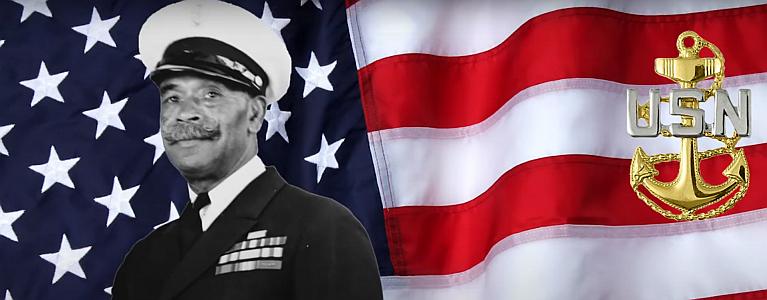
 Born a slave,
Born a slave,  The
The  The current shipping crisis in the Red Sea, precipitated by Houthi drone and missile attacks, has stopped the final disposal of the decrepit
The current shipping crisis in the Red Sea, precipitated by Houthi drone and missile attacks, has stopped the final disposal of the decrepit 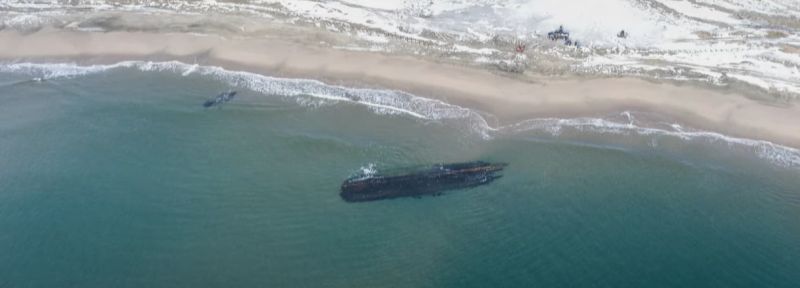 Gordon Blackmore was out hunting seabirds early in the morning on
Gordon Blackmore was out hunting seabirds early in the morning on 
 On
On 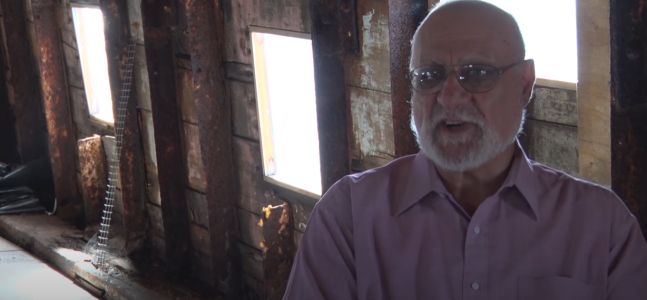
 Reports suggest that
Reports suggest that 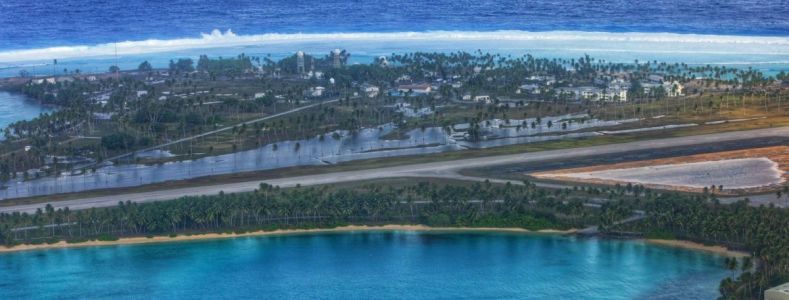 Last Saturday, January 20, a series of massive storm-driven waves struck the island of Roi-Namur in the Marshall Islands causing considerable flooding and damage to the
Last Saturday, January 20, a series of massive storm-driven waves struck the island of Roi-Namur in the Marshall Islands causing considerable flooding and damage to the 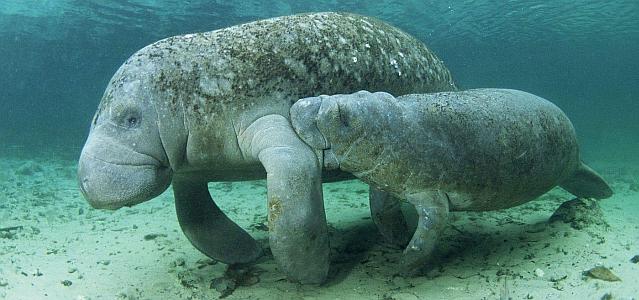 Encouraging news! Following a
Encouraging news! Following a